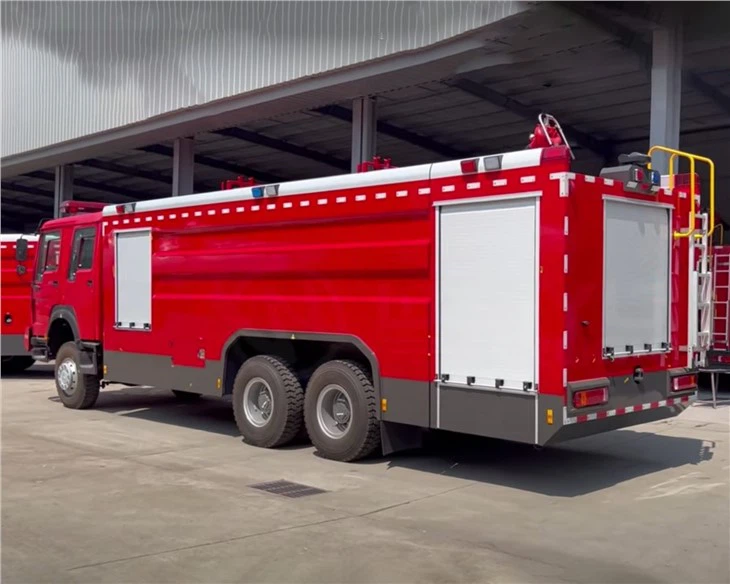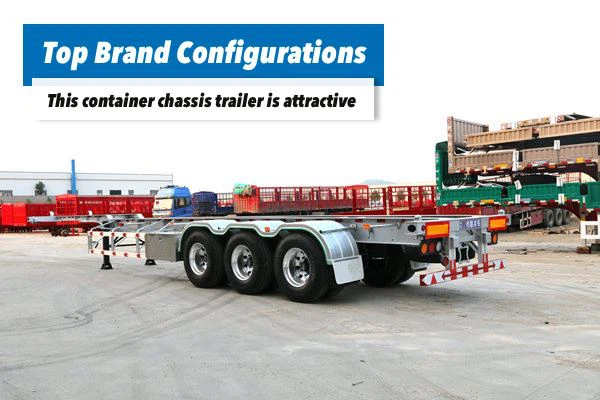Maximizing Efficiency in Cab Cargo: A Comprehensive Guide

Introduction

In the world of transportation and logistics, the term “cab cargo” refers to the practice of using taxi or ride-share vehicles for transporting goods and items. This innovative approach has grown in popularity as businesses and individuals seek faster and more flexible delivery options. In this article, we will explore the various aspects of cab cargo, including its benefits, challenges, and tips for effectively utilizing this service. You’ll discover practical examples and essential strategies that can help you harness the potential of cab cargo for your needs.
Understanding Cab Cargo
What is Cab Cargo?
Cab cargo is a service that allows drivers of ride-hailing vehicles, like taxis and ride-share cars, to transport goods alongside passengers. This dual role not only maximizes the utility of these vehicles but also provides consumers with a cost-effective, on-demand delivery option. Cab cargo bridges the gap between traditional delivery services and personal transportation.
How Does Cab Cargo Work?
Cab cargo works through a seamless integration of technology and service. Users can book a ride that includes cargo delivery through an app or by contacting a cab company. Upon booking, the driver arrives with a vehicle equipped to handle both passengers and cargo. The user specifies the type and size of the item for transport, and the driver coordinates pickup and drop-off locations.
Benefits of Using Cab Cargo
Cost-Effective Solutions
Many businesses and individuals are drawn to cab cargo primarily for its affordability. Traditional delivery methods can be expensive, especially for small shipments. Cab cargo provides a budget-friendly alternative, often with a pricing model based on distance rather than weight.
Speed and Convenience
Cab cargo offers rapid transit options, as drivers are already on the road and can often deliver quickly compared to conventional delivery services. The app-based nature of most ride-share platforms also allows real-time tracking and updates, further enhancing convenience.
Flexibility in Delivery Options
With cab cargo, users can schedule pickups and drop-offs according to their specific needs, which can be particularly beneficial for last-minute or same-day shipping. This flexibility is a significant advantage in today’s fast-paced market.
Challenges of Cab Cargo
Size Limitations
One of the primary challenges associated with cab cargo is size restrictions. Most ride-share vehicles are designed for passenger transport and may have limitations when it comes to accommodating larger items. Businesses should assess the dimensions of their cargo to ensure it fits within the vehicle’s capacity.
Potential for Increased Wear and Tear
Utilizing a vehicle for both passenger and cargo transport can lead to increased wear and tear. This factor is particularly important for cab companies and drivers who must maintain their vehicles for passenger safety. Regular maintenance is crucial to mitigate these risks.
Practical Tips for Using Cab Cargo
Determine Cargo Size and Weight
Before booking a cab cargo service, measure your items to ensure they meet the vehicle’s capacity. Consider their weight as heavier items may incur additional fees. Provide precise dimensions to the driver to avoid complications.
Use Protective Packaging
To prevent damage during transit, use appropriate protective packaging for your items. Bubble wrap, cardboard boxes, and other materials can help secure fragile items, ensuring they arrive at their destination in good condition.
Communicate Clearly with Drivers
Effective communication is key when using cab cargo. Be sure to explain any special handling requirements and confirm pickup and drop-off locations. This will help avoid confusion and ensure a smooth delivery process.
The Growing Market of Cab Cargo

Statistics and Trends
The cab cargo market has been steadily expanding, with a growing number of ride-hailing companies offering cargo transport options. According to industry reports, the market for on-demand delivery is projected to reach billions in revenue by 2025, reflecting changing consumer preferences towards immediacy and convenience.
Regional Variations
The implementation and popularity of cab cargo services can vary regionally. Urban areas with higher population densities and traffic often see more robust cab cargo services than rural regions. Understanding these dynamics can help users make informed decisions about their transport options.
Case Studies: Successful Cab Cargo Implementations
Case Study 1: Local Florist Delivery
A local florist used cab cargo services to facilitate same-day deliveries for their flowers. By integrating ride-hailing apps into their order system, they expanded their delivery radius without needing dedicated delivery personnel. This approach not only improved customer satisfaction but also increased sales by 20% within three months.
Case Study 2: Retail Order Fulfillment
A small retail store utilized cab cargo to manage online orders for local customers. By employing ride-share drivers during peak hours, they ensured timely deliveries without significant overhead costs. This strategy allowed them to fulfill 95% of same-day orders successfully, improving their reputation and customer loyalty.
Future of Cab Cargo
Innovations on the Horizon
As technology continues to advance, cab cargo services may incorporate innovative features such as automated booking systems or integration with online marketplaces. These changes promise to enhance the user experience and streamline the cargo delivery process further.
Environmental Considerations
With the rising concern over carbon emissions, cab cargo services may adopt eco-friendly practices, such as using electric vehicles or optimized routing algorithms to reduce their environmental impact. Sustainability will play a critical role in the evolution of cab cargo services.
Frequently Asked Questions (FAQs)
1. What items can I send with cab cargo?
Most cab cargo services can accommodate small to medium-sized items such as packages, groceries, or flowers. However, check with the provider for specific restrictions on hazardous or oversized materials.
2. How do I book a cab cargo service?
You can book a cab cargo service through ride-hailing apps or by contacting local cab services directly. Ensure you provide clear details about your cargo for an efficient process.
3. What is the average cost of cab cargo services?

Costs can vary based on distance and the company used. Generally, cab cargo services are more affordable than traditional delivery services, but exact pricing should be confirmed at the time of booking.
4. Can I track my cab cargo delivery?
Yes, most cab cargo services offer real-time tracking through their apps, allowing you to stay updated on your delivery’s status and location.
5. What should I do if my cargo is damaged during transit?
If your cargo is damaged, contact the service provider immediately. Most reputable companies have policies in place to address damage claims and customer satisfaction.
6. Are there size restrictions for cab cargo?
Yes, size restrictions typically exist for cab cargo services. It is essential to check with your provider regarding the specific dimensions and weight limitations of the vehicles they use.
